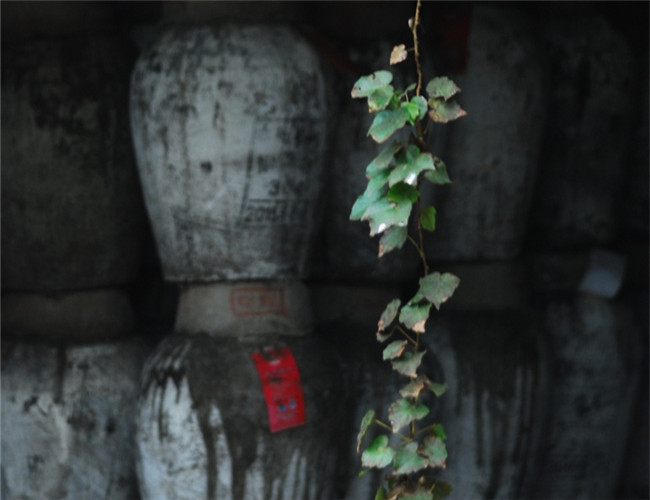Shaoxing strives to rejuvenate rice wine's aging spirit
 |
|
Hundreds of vats of aged rice wine pack the insides of warehouses on the outskirts of Shaoxing. [Photo by Richard Whiddington/chinadaily.com.cn] |
After strolling amid Shaoxing's rustic, monochrome buildings, it is easy to grasp the allure of Bo's point. From the hundreds of years spent producing some batches of rice wine, to the laidback environment in which the drink is best enjoyed, the wine perfectly complements the meandering canals crisscrossing the city.
"The character of the wine is slow and mellow, exactly our marketing strategy for selling rice wine."
However, the relaxed tone Bo exudes stands contrary to the proactive steps his company is taking in marketing, research, and product development. The challenge for his company's future is remaining relevant and appealing in a highly competitive market place.
Currently, Baijiu, China's ubiquitous spirit of choice, holds over 60% market sales. Factor in the encroaching popularity of imported foreign alcohols, such as wine which saw 26.8% growth of sales in 2015, and the precarious position of rice wine becomes blindingly apparent.
One reaction has been the creation of rice wine alcopop drinks, fruity low-alcohol drinks, sold online and in local shops. Scan Taobao and you'll find a gluttony of competitors offering a rainbow of flavors.
The inspiration stems from European companies who have rejuvenated their image through similar 3-7% alcoholic drinks. One resonant example for Shaoxing companies to learn from is Jägermeister, a German liqueur was established in the 1930s as a semi-medicinal hunter's brew that held an old man reputation.
In the mid-2010s, Jäger became bar counter cool for 18-35 year-olds by sponsoring music and sporting events and concocting trendy ways to drink the German oddball. These included the Jägerbomb, mixing a shot of the liqueur with energy drink, and releasing flavored premixed drinks sold at affordable prices. In the United Kingdom, Jäger's popularity blossomed; in 2003 the company sold 70,000 bottles compared to 6.3 million in 2014. Boom.
Another important avenue for rice wine will be developing a better online strategy. Online sales of tobacco and liquor products have increased by 13% since 2014 and rice wine companies need to develop a network of customers and offer an exciting interactive experience.
"If the rice wine industry doesn't harness the capabilities of the internet it will lose out in the future," says Qiu Han, executive president of Zhejiang Modern E-commerce Business Research Institute.
Qiu is pragmatic in his assessment of rice wine companies and stresses their need to modernize not simply by "culturally orienting a product to suit young people", but through "employing young talent" capable of engaging customers and anticipating changes in the alcohol market.
The e-commerce expert speculates the most drastic shift rests in the rising popularity of the Consumer-to-Business (C2B) model. One growing facet of C2B is the creation of specialized and customized products based consumer demand.
In 2014, Shaoxing powerfully experienced the online crowd funding phenomenon. Ju Gang, a renowned product designer, sought to produce 1,000 bottles of handmade rice wine brewed using traditional techniques. Bottles were fairly priced and sold in stylish Ge ware jars, a type of Zhejiang celadon ceramic.
Demand for Ju's concept soared like steam from a cup of warm wine and bottles sold out in 24-hours raising 99,000 yuan ($14,369). Ju's success was born in an ability to sell consumer something artisanal, unique, and divorced anonymous large-scale production goods.
"The majority of personalized goods consumers are post 1980s and post 1990s," says Qiu "in the future it will be commonplace for large companies to customize."






















